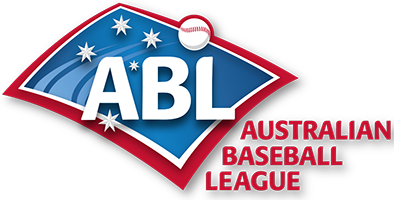Pie 4 Life
Hall of Famer

Imagine if 119 years ago, the powers to be had of had more of an American influence on what would become Australia's national game? While at that stage in 1897, it was yet to be declared a nation, Australian Football was well entrenched in the country's culture. However, what if it had taken a different turn? What if baseball became the sport of choice following the arrival of the Americans from the gold fields in the 1860s. In this sim, I try and recreate that historical path with the same teams and see if certain teams are more successful than others. I will sim a season at a time beginning in 1897, and see what happens. Hope you enjoy
April 1, 1897
The new league is upon us with seven teams from the Melbourne area and one further down the peninsula in Geelong. A draft took place to decide which players will go where and which club can begin an early dynasty. Will it be working class sides Fitzroy or Collingwood? Will it be the upper class Melbourne? Or could Geelong spring a surprise? Welcome to the Victorian Baseball League.




